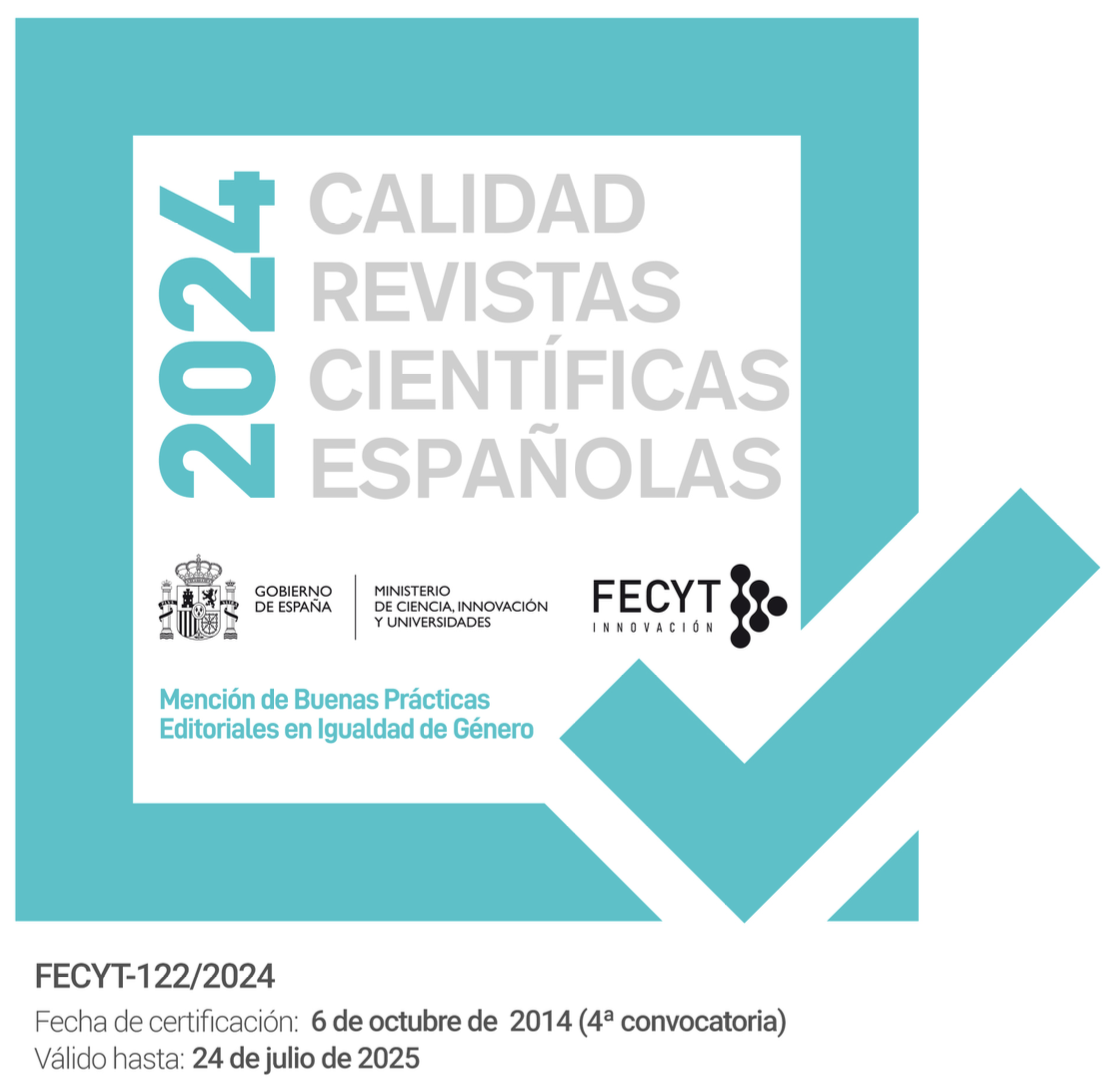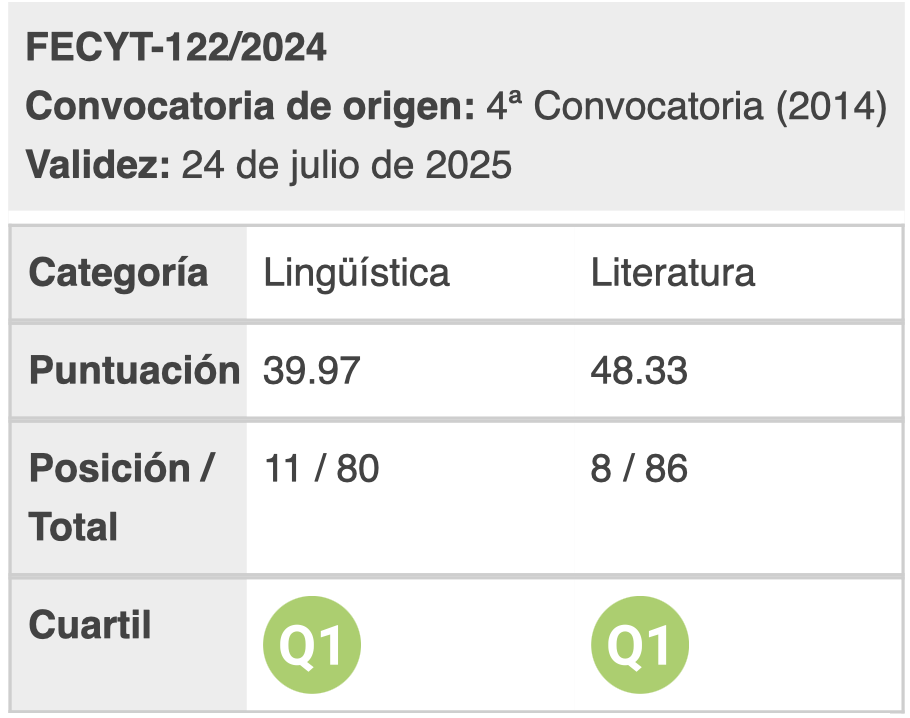Constructional Emergence in A1–C1: A Bird’s Eye Perspective and Alignment
DOI:
https://doi.org/10.28914/Atlantis-2024-46.1.13Abstract
This study aims to take a usage–based constructionist approach to observing the emergence of constructions in L2 speakers of English from a bird’s eye perspective and aligns some of them with CEFR levels. To do this, five equally balanced subparts from the EFCAMDAT corpus were compiled and analyzed using TAASSC and SPSS. The findings present strong evidence for and confirm previous studies that speakers at lower proficiency levels use fixed or prototypical expressions and do not deviate as much from conventional ways of combining constructions, i.e., collexemes. As proficiency increases, their constructicon gets lexicogrammatically richer and less prototypical, as such prototypical examples serves as training wheels for further expansion. While there seems to be evidence for low–frequency constructions to follow a developmental path through CEFR levels, high–frequency constructions do not seem to follow this path. In the end, the study presents a set of constructions aligned for each CEFR level, which appears to be in line with the characteristics of CEFR levels described at englishprofile.org.
Downloads
References
Alexopoulou, Theodora et al. 2015. “Exploring Big Educational Learner Corpora for SLA Research: Perspectives on Relative Clauses.” International Journal of Learner Corpus Research 1 (1): 96-129.
Ambridge, Ben and Elena Lieven. 2015. “A Constructivist Account of Child Language Acquisition.” In MacWhinney and O’Grady 2015, 478-510.
Behrens, Heike. 2009. “Usage-Based and Emergentist Approaches to Language Acquisition.” Linguistics 47: 383-411.
— and Stefan Pfänder, eds. 2016. Experience Counts: Frequency Effects in Language. Berlin: De Gruyter.
Bestgen, Yves and Sylviane Granger. 2014. “Quantifying the Development of Phraseological Competence in L2 English Writing: An Automated Approach.” Journal of Second Language Writing 26: 28-41.
Bybee, Joan. 2010. Language, Usage and Cognition. Cambridge: Cambridge UP.
Cadierno, Teresa and Søren Wind Eskildsen, eds. 2015. Usage-Based Perspectives on Second Language Learning. Berlin: De Gruyter.
Council of Europe. 2020. Common European Framework of Reference for Languages: Learning, Teaching, Assessment: Companion Volume. Strasbourg: Council of Europe Publishing.
—. n.d. “English Grammar Profile Online.” English Profile. [Accessed January 19, 2022].
Crossley, Scott and Thomas L. Salsbury. 2011. “The Development of Lexical Bundle Accuracy and Production in English Second Language Speakers.” International Review of Applied Linguistics in Language Teaching 49 (1): 1-26.
Dąbrowska, Ewa. 2016. “Cognitive Linguistics’ Seven Deadly Sins.” Cognitive Linguistics 27 (4): 479-91.
—. 2019. “Experience, Aptitude, and Individual Differences in Linguistic Attainment: A Comparison of Native and Nonnative Speakers: Experience, Aptitude, and Individual Differences.” Language Learning 69 (1): 72-100.
Davies, Mark. 2010. “The Corpus of Contemporary American English as the First Reliable Monitor Corpus of English.” Literary and Linguistic Computing 25 (4): 447-64.
Diessel, Holger. 2016. “Frequency and Lexical Specificity in Grammar: A Critical Review.” In Behrens and Pfänder 2016, 209-38.
Divjak, Dagmar. 2019. Frequency in Language: Memory, Attention and Learning. Cambridge: Cambridge UP.
Ellis, Nick. 2008. “The Dynamics of Second Language Emergence: Cycles of Language Use, Language Change, and Language Acquisition.” The Modern Language Journal 92 (2): 232-49.
— and Fernando Ferreira-Junior. 2009. “Construction Learning as a Function of Frequency, Frequency Distribution, and Function.” The Modern Language Journal 93 (3): 370-85.
— and Diane Larsen-Freeman. 2006. “Language Emergence: Implications for Applied Linguistics. Introduction to the Special Issue.” Applied Linguistics 27 (4): 558-89.
Eskildsen, Søren W. 2009. “Constructing Another Language: Usage-Based Linguistics in Second Language Acquisition.” Applied Linguistics 30 (3): 335-57.
—. 2012. “L2 Negation Constructions at Work.” Language Learning 62 (2): 335-72.
— and Teresa Cadierno. 2007. “Are Recurring Multi-Word Expressions Really Syntactic Freezes? Second Language Acquisition from the Perspective of Usage-Based Linguistics.” In Nenonen and Niemi 2007, 86-99.
—, Teresa Cadierno and Peiwen Li. 2015. “On the Development of Motion Constructions in Four Learners of L2 English.” In Cadierno and Eskildsen 2015, 207-32.
Gedik, Tan A. 2021. “An Analysis of Lexicogrammatical Development in English Textbooks in Turkey: A Usage-Based Construction Grammar Approach.” Explorations in English Language and Linguistics 9 (1): 26-55.
— and Fatıma Uslu. 2023. “L1-L2 Transfer in Ditransitive Construction: A Usage-Based Replication Study with Turkish Speakers of English.” In Georgiou, Giannakou and Savvidou 2023, 123-46.
Geertzen, Jeroen, Theodora Alexipoulou and Anna Korhonen. 2013. “Automatic Linguistic Annotation of Large Scale L2 Databases: The EF-Cambridge Open Language Database (EFCAMDAT).” In Prior et al. 2013, 240-54.
Georgiou, Georgios P., Aretousa Giannakou and Christine Savvidou, eds. 2023. Advances in Second/Foreign Language Acquisition. Berlin: Springer.
Goldberg, Adele E. 2006. Constructions at Work: The Nature of Generalization in Language. Oxford: Oxford UP.
—. 2014. “Fitting a Slim Dime between the Verb Template and Argument Structure Construction Approaches.” Theoretical Linguistics 40 (1-2): 113-35.
—. 2019. Explain Me This: Creativity, Competition, and the Partial Productivity of Constructions. Princeton: Princeton UP.
—, Devin M. Casenhiser and Nitya Sethuraman. 2004. “Learning Argument Structure Generalizations.” Cognitive Linguistics 15 (3): 289 316.
Goschler, Julia and Anatol Stefanowitsch. 2023. “Generalization and Transfer in L2 Acquisition: The Role of Entrenchment in L1 and L2.” Paper delivered at the 16th International Cognitive Linguistics Conference, Düsseldorf, August 2023.
Granger, Sylviane and Gaëtanelle Gilquin, eds. 2015. The Cambridge Handbook of Learner Corpus Research. Cambridge: Cambridge UP.
Gries, Stefan T. and Anatol Stefanowitsch. 2003. “Collostructions: Investigating the Interaction of Words and Constructions.” International Journal of Corpus Linguistics 8 (2): 209-43.
— and Stefanie Wulff. 2005. “Do Foreign Language Learners Also Have Constructions?” Annual Review of Cognitive Linguistics 3 (1): 182-200.
Herbst, Thomas. 2020. “Constructions, Generalizations, and the Unpredictability of Language: Moving towards Colloconstruction.” Constructions and Frames 12 (1): 56-95.
Hoffmann, Thomas and Graeme Trousdale, eds. 2013. The Oxford Handbook of Construction Grammar. Oxford: Oxford UP.
Hopper, Paul. 1987. “Emergent Grammar.” Annual Meeting of the Berkeley Linguistics Society 13: 139-57.
Kyle, Kristopher. 2016. “Measuring Syntactic Development in L2 Writing: Fine Grained Indices of Syntactic Complexity and Usage-Based Indices of Syntactic Sophistication.” PhD diss., Georgia State University.
— and Scott Crossley. 2017. “Assessing Syntactic Sophistication in L2 Writing: A Usage-Based Approach.” Language Testing 34 (4): 513-35.
— and Scott Crossley. 2018. “Measuring Syntactic Complexity in L2 Writing Using Fine-Grained Clausal and Phrasal Indices.” The Modern Language Journal 102 (2): 333-49.
Larsen-Freeman, Diane. 1997. “Chaos/Complexity Science and Second Language Acquisition.” Applied Linguistics 18 (2): 141-65.
Lee, Jin-Hwa and Hye Min Kim. 2011. “The L2 Developmental Sequence of English Constructions and Underlying Factors.” 영어학 11 (3): 577-600.
Li, Peiwen, Søren W Eskildsen and Teresa Cadierno. 2014. “Tracing an L2 Learner’s Motion Constructions over Time: A Usage-Based Classroom Investigation.” The Modern Language Journal 98 (2): 612-28.
Lieven, Elena V., Julian M. Pine and G. Baldwin. 1997. “Lexically-Based Learning and Early Grammatical Development.” Journal of Child Language 24 (1): 187-219.
MacWhinney, Brian and William O’Grady, eds. 2015. The Handbook of Language Emergence. Malden: Wiley-Blackwell.
McCarthy, Michael. 2016. “Putting the CEFR to Good Use: Designing Grammars Based on Learner-Corpus Evidence.” Language Teaching 49 (1): 99-115.
McCarthy, Philip M. and Scott Jarvis. 2010. “MTLD, Vocd-D, and HD-D: A Validation Study of Sophisticated Approaches to Lexical Diversity Assessment.” Behavior Research Methods 42 (2): 381-92.
Meunier, Fanny. 2015. “Developmental Patterns in Learner Corpora.” In Granger and Gilquin 2015, 379-400.
Nenonen, Marja and Sinikka Niemi, eds. 2007. Collocations and Idioms. Papers from the First Nordic Conference on Syntactic Freezes. PhilPapers.
Prior, Mathew T., ed. 2013. Proceedings of the 31st Second Language Research Forum. Somerville: Cascadilla Proceedings Project.
Roehr-Brackin, Karen. 2014. “Explicit Knowledge and Processes from a Usage- Based Perspective: The Developmental Trajectory of an Instructed L2 Learner.” Language Learning 64 (4): 771-808.
Römer, Ute. 2019. “A Corpus Perspective on the Development of Verb Constructions in Second Language Learners.” International Journal of Corpus Linguistics 24 (3): 268- 90.
— et al. 2014. “Linking Learner Corpus and Experimental Data in Studying Second Language Learners’ Knowledge of Verb-Argument Constructions.” ICAME Journal 38 (1): 115-35.
— and Cynthia M. Berger. 2019. “Observing the Emergence of Constructional Knowledge: Verb Patterns in German and Spanish Learners of English at Different Proficiency Levels.” Studies in Second Language Acquisition 41 (5): 1089-110.
—, Stephen C. Skalicky and Nick C. Ellis. 2018. “Verb-Argument Constructions in Advanced L2 English Learner Production: Insights from Corpora and Verbal Fluency Tasks.” Corpus Linguistics and Linguistic Theory 16 (2): 303-31.
— and Selahattin Yilmaz. 2019. “Effects of L2 Usage and L1 Transfer on Turkish Learners’ Production of English Verb-Argument Constructions.” Vigo International Journal of Applied Linguistics16: 107-34.
Sparks, Richard L. 2022. Exploring L1-L2 Relationships: The Impact of Individual Differences. Bristol: Multilingual Matters.
Tabachnik, Barbara G. and Linda Fidell. 2014. Using Multivariate Statistics. Harlow: Pearson.
Tode, Tomoko and Hideki Sakai. 2016. “Exemplar-Based Instructed Second Language Development and Classroom Experience.” ITL International Journal of Applied Linguistics 167 (2): 210-34.
Tomasello, Michael. 2003. Constructing a Language: A Usage-Based Theory of Language Acquisition. Cambridge, MA: Harvard UP.








